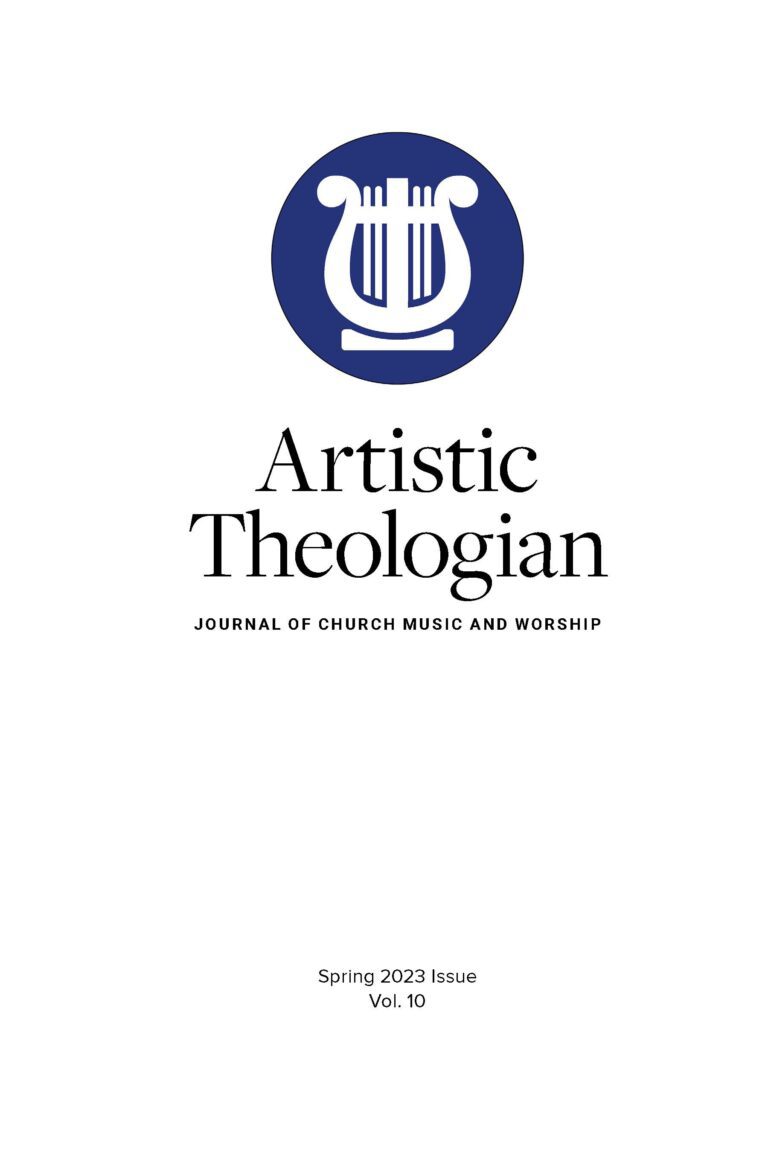
Johnson, Terry L. Worshipping with Calvin: Recovering the Historic Ministry and Worship of Reformed Protestantism. Leyland, England: EP Books, 2014. 433 pp. $22.99
“Evangelical Christianity faces a crisis” (19); the “theological and moral decline of the heirs of fundamentalism” is evident (21). As a Presbyterian pastor (PCA) and author of several books, Terry Johnson has spent much of his ministry calling Evangelicals back to a Reformed approach to worship. In Worshipping with Calvin, Johnson advocates for a “biblical, historical, traditional, catholic form of ministry” (316). In doing so, he looks back to Calvin, one of the “most influential liturgists in the history of the church,” (12) to find a path forward. Johnson’s work—which seeks renewal through retrieval—is necessary because most of the “standard works on Calvin fail to deal with his liturgical ideas” (11), and “few contemporary examples of historic Reformed ministry and worship exist” (14). The author states that the aim of this work is to show that the worship and ministry of the Reformers are “to be preferred to all the currently available alternatives” (17). Although this work has a grasp on the historical context of the Reformation in Geneva under Calvin, its primary goal is not historical research; rather, the goal of Worshipping with Calvin is practical worship ministry.
Johnson’s book is divided into three main sections: an introduction that surveys the Evangelical church today (10–35), an argument for the importance of Reformed worship and ministry (36–61), and the strengths of Reformed worship as seen in Calvin’s ministry (62–320). The author also provides an extensive bibliography (321–68) which is divided into four main categories: original sources, background reading, history of worship, and practice of worship. The “practice of worship” category provides seven helpful sections: pastoral theology, preaching, reading Scripture, prayer, church song, sacraments, and setting of worship. Readers who are considering Reformed worship will find this bibliography a great starting place.
In the first major section (10–35), the introduction, Johnson provides an overview of the dismal ecclesiastical state of Evangelical worship. Until the 1800s, low-church Protestants maintained a form of worship that had its roots in Reformation worship, and prior to the 1960s, “worship was not a matter of controversy” (24) among Reformed people. The earliest rumblings of the decline of Reformed worship can be traced to a 1968 article in the Presbyterian Journal that mocked the use of things like electronic instruments, dance, and “something called ‘liturgical balls’” (26). More than 50 years later, churches should be asking: “What kind of people are our liturgical practices forming us to be? This indeed is the question” (23). Hope for the modern church is rooted in a long-held philosophy of the relationship between Christian living and worship—Lex orandi, lex credenda, lex vivendi. “We pray as we believe; we live as we pray” (22).
In the second major section (36–61), the author presents the historical, exegetical, and theological case for Reformed worship. The approach that Johnson argues for was not invented in the 1500s; rather, as the author shows, the Reformers were dependent on the apostles and the early church fathers (39–43). For the author, the theological case can be summarized in the five Solas of the Reformation (44–52). The section is closed with a call for stewardship. Congregations meet each Lord’s Day for a limited time each week, so it is unwise to insert “alternatives” in place of prescribed forms like prayer, preaching, singing, and preaching, which do “a vastly better job” of ministering grace (60).
In the largest portion of the book (62–320), Johnson presents the strengths of Reformed worship. It is especially important to note that, while Johnson’s first 60 pages are polemical in nature, this final section positively demonstrates the strengths and benefits of Reformed worship. The author provides five strengths of Reformed worship: God-centered, Bible-filled, gospel-structured, church-aware, and Spirit-dependent. When the author addresses the topic of psalmody and hymnody, he concedes that psalmody became the preferred expression of early Christians but departs from Calvin’s psalms-mainly/Scripture-only position for singing (123–48) in his personal philosophy of worship. One particularly helpful contribution is the author’s advocacy for the Church’s unique culture that “transcends individual and group cultural tastes” (285). He promotes a form of worship that is not bound to a single generation or ethnic group (285–96).
I recommend Worshipping with Calvin by Terry Johnson for laypersons, pastors, and scholars who are looking for a biblical philosophy of worship and ministry that is concerned with how Christians of the last 2,000 years sought to understand Scripture’s expectations for worship.
Baptist readers will not agree with the author’s position on pedobaptism, which is only prevalent in his portion on baptism (197–205), but will find a helpful explanation for the pedobaptist perspective that will aid Baptists in accurately and charitably characterizing this position. Although worship falls within the broader category of ecclesiology, Johnson steers clear of the issue of Presbyterian and congregational forms of church government, and he even identifies non-Presbyterians as his allies in the revival of historic Reformed worship (10–11). Johnson closes with his hope for Evangelicalism: This “is not the first time a sanctified church culture has encountered a morally degraded pagan culture…” (319). We must remember that “fundamental things do not change: the gospel, human nature, and the ordinary means of grace” (320).





